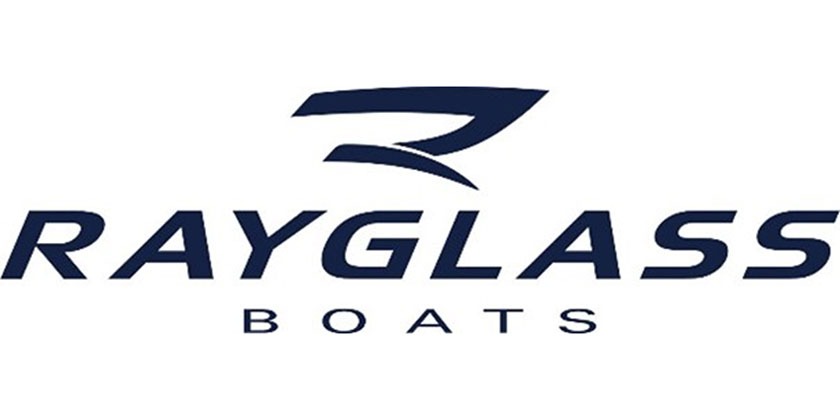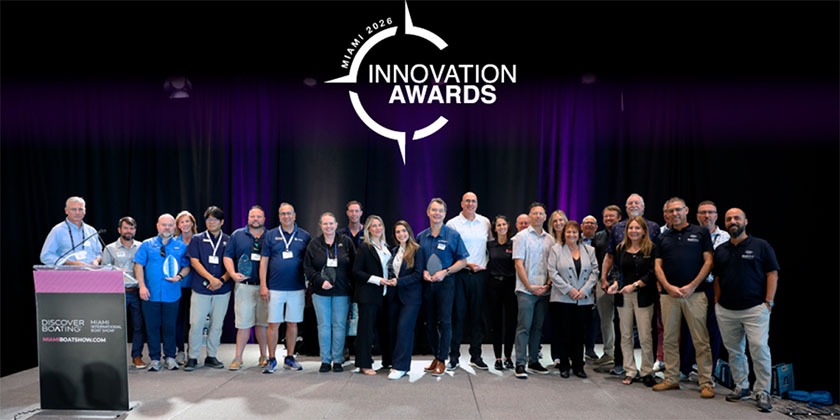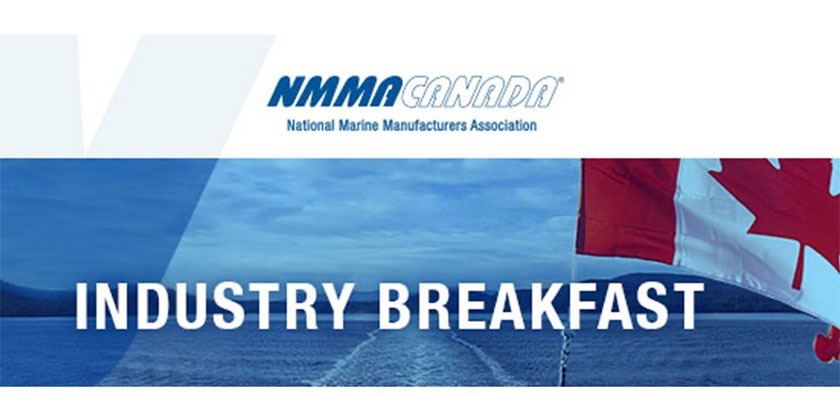VOLVO PENTA ENGINES READY FOR ANOTHER LAP AROUND THE WORLD IN THE VOLVO OCEAN RACE 2017-18
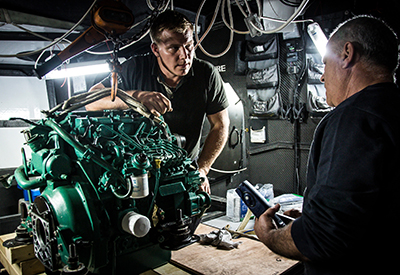
May 29, 2017
A Volvo Penta D2-75 engine is fitted into one of the Volvo Ocean 65 boats.
For the sixth time, Volvo Penta is an official supplier to the Volvo Ocean Race, providing each of the Volvo Ocean 65 sailing boats with a D2-75 engine with Saildrive, hands-on engine maintenance and support, as well additional power during the race stopovers.
Designed for the toughest of conditions, the Volvo Penta D2-75 engines have already done one lap around the world, covering approximately 39,000 nautical miles during the 2014-15 Volvo Ocean Race. Thanks to having one boat design for two race editions, the Volvo Ocean 65 boats and Volvo Penta engines from 2014-15 will race around the world for a second lap of 46,000 nautical miles, once again prepared to meet some of the toughest challenges in round-the-world sailing.
The Volvo Ocean 65 boats often operate at high speeds, where extreme maneuverability is critical in all conditions. “The conditions of the Volvo Ocean Race are extreme and not only push the boats and sailing crew to the limit, but, also, all the equipment,” commented Mark Turner, CEO of the Volvo Ocean Race. “We need to ensure everything onboard is 100% reliable. Volvo Penta provides the perfect engines to suit these extreme conditions.
“These boats have been built for two editions of the race and we have so much faith in the condition of the engines that we have not replaced them; we are confident they are up for a second trip around the world.”
Reliable power source at sea
Each of the Volvo Ocean 65 boats will be equipped with one D2-75 engine for both auxiliary and propulsion needs. The engine is there when needed as a primary propulsion source – for safe navigation in and out of harbors, as well as a potential lifesaving instrument in case of an emergency.
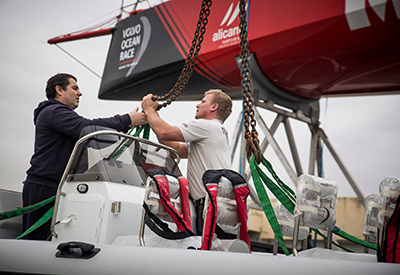 Installation on the RIBs is carried out by Volvo Penta’s Johannes Karlsson (right) at The Boatyard in Lisbon, Portugal.
Installation on the RIBs is carried out by Volvo Penta’s Johannes Karlsson (right) at The Boatyard in Lisbon, Portugal.
During the actual race, the gearboxes are sealed, but the engine is used to power the boats’ total demand for electricity for computers, navigation equipment, lights and communication units onboard. Additionally, the engine onboard provides power to the batteries to run the water maker, which converts salt water into drinking water. The engine delivers the onboard energy required through two, 24 volt alternators, which stores the energy in two lithium Ion batteries.
It also supplies the power to the hydraulic system for the canting keel. The canting keel, which provides extra counterweight when sailing, is moved by hydraulic cylinders which are powered by an engine-driven, hydraulic pump.
“As a unique aspect for the Volvo Ocean Race, there are high energy requirements to provide power to laptops, camera and other media equipment, enabling the sailing teams to communicate directly from out at sea to the rest of the world,” says Nick Bice, head of the boatyard for the Volvo Ocean Race.
“The engine is critical 100% of the time. It is the main source of power onboard, which converts energy for which the teams rely upon to survive. They depend on the engine to deliver drinking water, which is essential when the teams are sailing for weeks at a time.”








